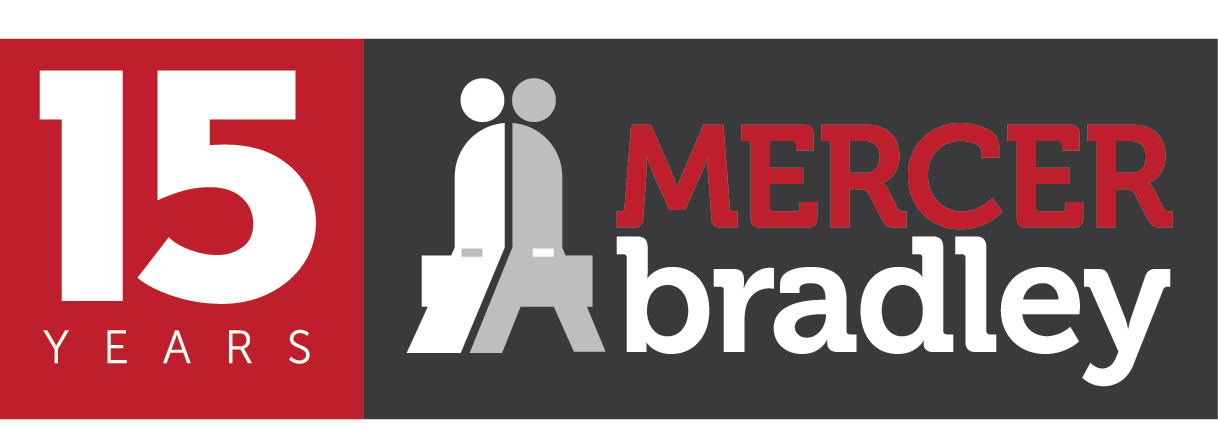Research shows that having a flexible workspace and/or a six-hour workday make employees more productive. A flexible workspace conforms to the needs of whoever is using it, providing support as their task and focus changes. Individuals who work fewer hours tend to create higher quality work than employees who work more hours. As a result, your company can benefit from having a flexible workspace and a six-hour workday. While this is not a new concept, with current health concerns surrounding COVID-19, flexible workspaces and a new normal for work hours are at the forefront of many businesses’ minds and since flexible workspaces often included shared workspaces, companies have had to rethink their strategy.
Here are a few ways new workspace setups and/or six-hour workday can lead to a more productive workforce.
Changes to Workspaces
With the COVID19 pandemic still impacting communities, businesses are looking to change the setup of their offices to promote social distancing and proper safeguards. Spacing between workstations is increasing while taller barriers are making a comeback to reduce the possibility of contamination from workspace to another. While some companies have proactively begun to make these changes, others are trying to stay flexible in order to plan for other options like remote work. The concept of flexible workspaces now includes remote work. This presents its own unique challenges like tech support, communication, and productivity KPIs.
Adaptation
Flexible workspaces provide the area individuals need to provide quality work on their own terms. Before. one space could serve as a conference room, brainstorming session, staging area for a marketing campaign, or place for a consultant to work. Now, spaces for video calls and quiet rooms are becoming the norm to provide the right setup for “in-person” video visits while maintaining proper health precautions. Companies that were able to adapt quickly and get their workforce fully remote were positioned better than companies who didn’t have the infrastructure in place pre-COVID.
Flow
Having a flexible workspace helps workers get into the psychological state of flow. Being fully immersed in an activity can exponentially increase productivity, providing a basis for having a six-hour workday. Allowing three to four continuous, undisturbed hours to be creative and work on high-level tasks helps workers experience flow. This lets them get more accomplished in less time, allowing for greater productivity and reduced need to stay late at the office or online, especially for remote workers who are reporting that they are currently working more hours than they did in the office.
Fewer Interruptions
Significantly reducing the number of interruptions workers face each day increases productivity. As a result, they can get more done in a six-hour workday than a longer day. Have workers turn off notifications from their mobile devices. Encourage them to check email three times a day. Limit the number of meetings, in-person or video, per week. Suggest workers to opt for a phone call rather than in-person talk when possible. Remind them to focus on one activity at a time rather than multitasking. Decreasing expectations on availability, responsiveness, and meeting attendance frees up time to focus on main responsibilities, resulting in more work getting finished and less need to stay late.
Hire Productive Accounting and Finance Workers
Hire productive accounting and finance workers through Mercer Bradley. As a leader in Winnipeg recruiting firms, we focus on thoroughly understanding your needs to create matches that work in both the long and short term. Partner with us today!





Leave a Reply